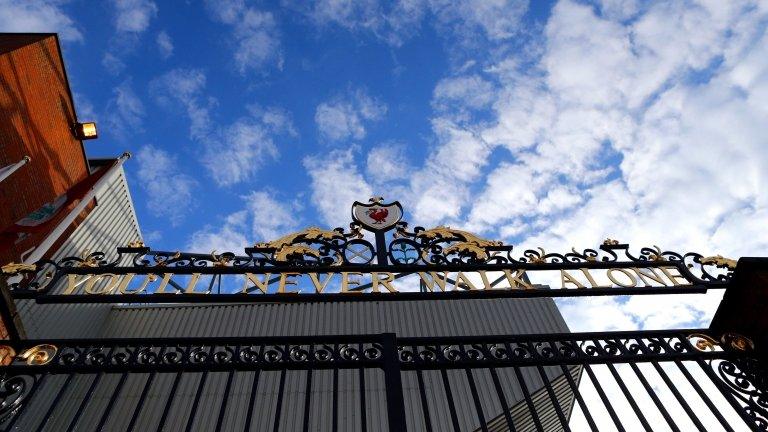Hillsborough inquest shown collapsed barrier in 3D stadium tour
- Published
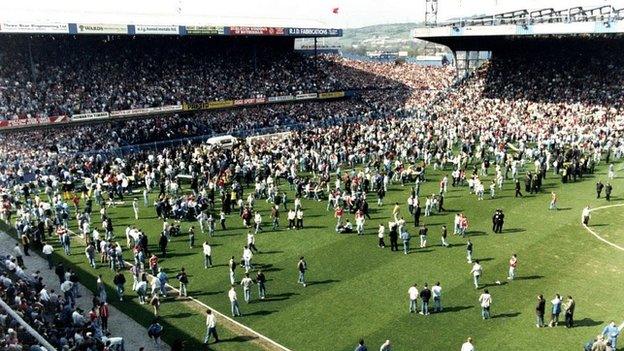
The jury was given a "walk-through" from Leppings Lane through the perimeter gates and towards turnstiles
An expert witness at the Hillsborough inquests has used a 3D computer model to show a barrier that collapsed.
The jury was told some of the crush barriers where fans stood were up to 60 years old in 1989.
John Cutlack, a structural engineer, said the stadium had "changed substantially" since then. The jury will visit the stadium on Friday.
Ninety-six Liverpool fans died as a result of the FA Cup semi-final against Nottingham Forest.
Mr Cutlack used the 3D model of the stadium in 1989 to give the jury a guided journey of the Leppings Lane end from turnstiles to the terraces.
The jury were shown new 3D computer graphics of the ground
The walk-through showed Gate C, through which 2,000 fans entered after police ordered it to be opened.
The jury also saw a computer image of the tunnel leading to pens three and four in the Leppings Lane Stand, showing how doors could open and close to shut it off.
Mr Cutlack told the jury Hillsborough was not orientated at the same angle as surrounding roads, so a "large proportion" of spectators have to use Leppings Lane to get there.
'Substantial changes'
Asked how old the barriers were in the pens, he said the newer ones were installed after 1978, the others, were about 60 years old.
The jury heard the area around gate C had "changed substantially" since 1989, with the whole area being demolished and new turnstiles built.
He was asked by Mike Mansfield QC, who is representing more than 70 families, how many people were supposed to be standing on the terraces.
Mr Cutlack responded that government guidance suggested 54 people per 10 sq m or 5.4 people per sq m.
Mr Mansfield then produced a square metre piece of card and asked six people to stand on it, to represent what the density of fans should have been on the terraces.
But, when asked later about the demonstration by Christina Lambert - lead barrister for the inquests, Mr Cutlack said it was not a scientific experiment and took no account of the steps on the terraces or the movement of the crowd or having people all around.
When the jury visits Hillsborough on Friday, the outline of the stadium in 1989 will be mapped out with cones and tape.
They will also see a section of the 1989 terraces that still exists underneath the new police control box.
The inquests continue.
- Published21 May 2014
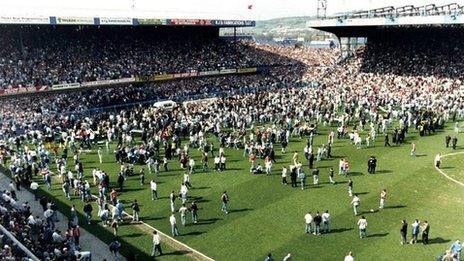
- Published20 May 2014

- Published28 April 2014
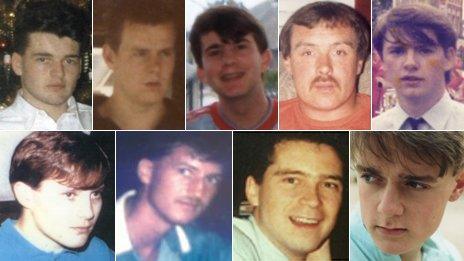
- Published25 April 2014
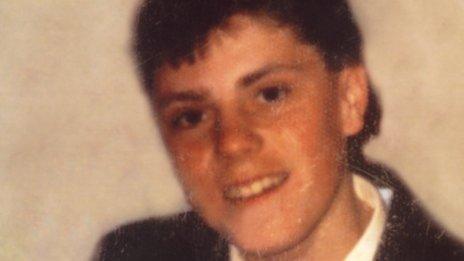
- Published24 April 2014
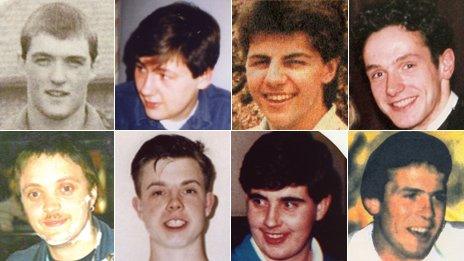
- Published23 April 2014
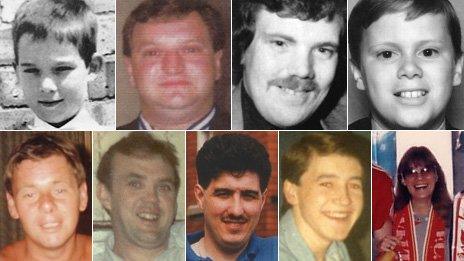
- Published22 April 2014

- Published10 April 2014
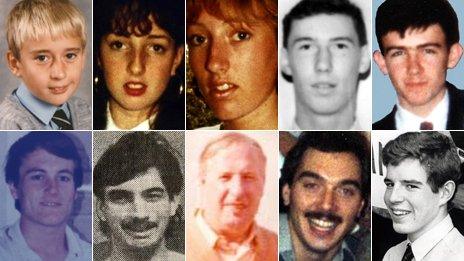
- Published9 April 2014
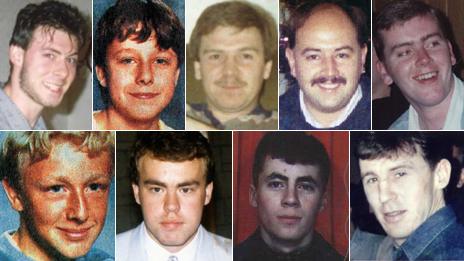
- Published8 April 2014
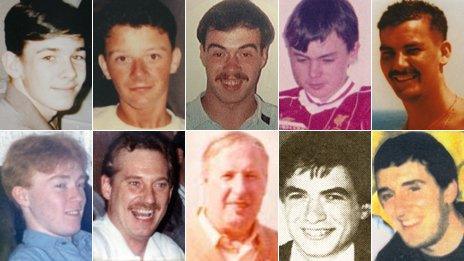
- Published7 April 2014
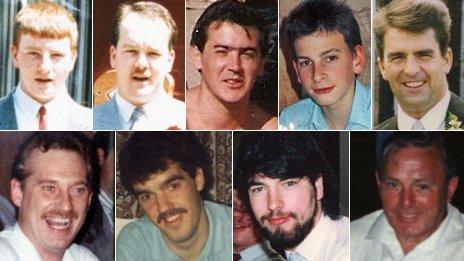
- Published3 April 2014
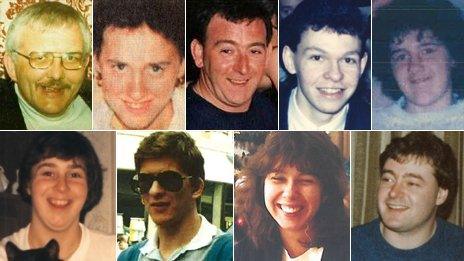
- Published3 April 2014
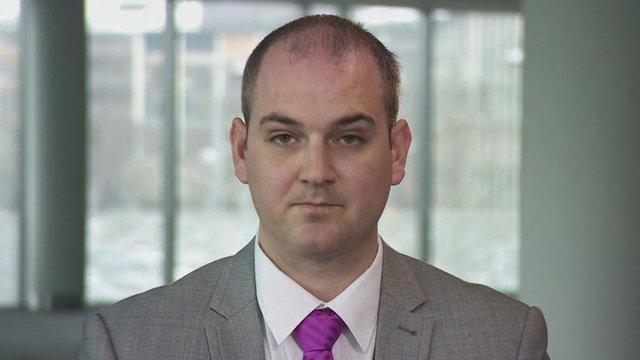
- Published2 April 2014
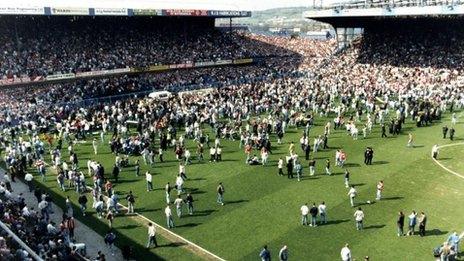
- Published1 April 2014
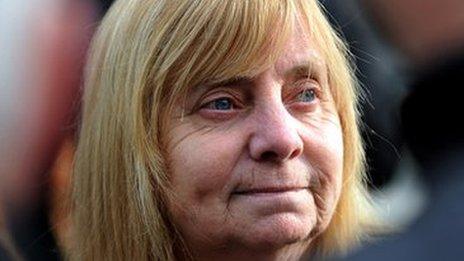
- Published26 April 2016
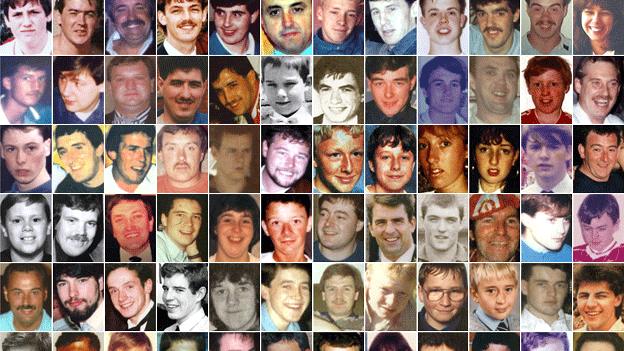
- Published31 March 2014
